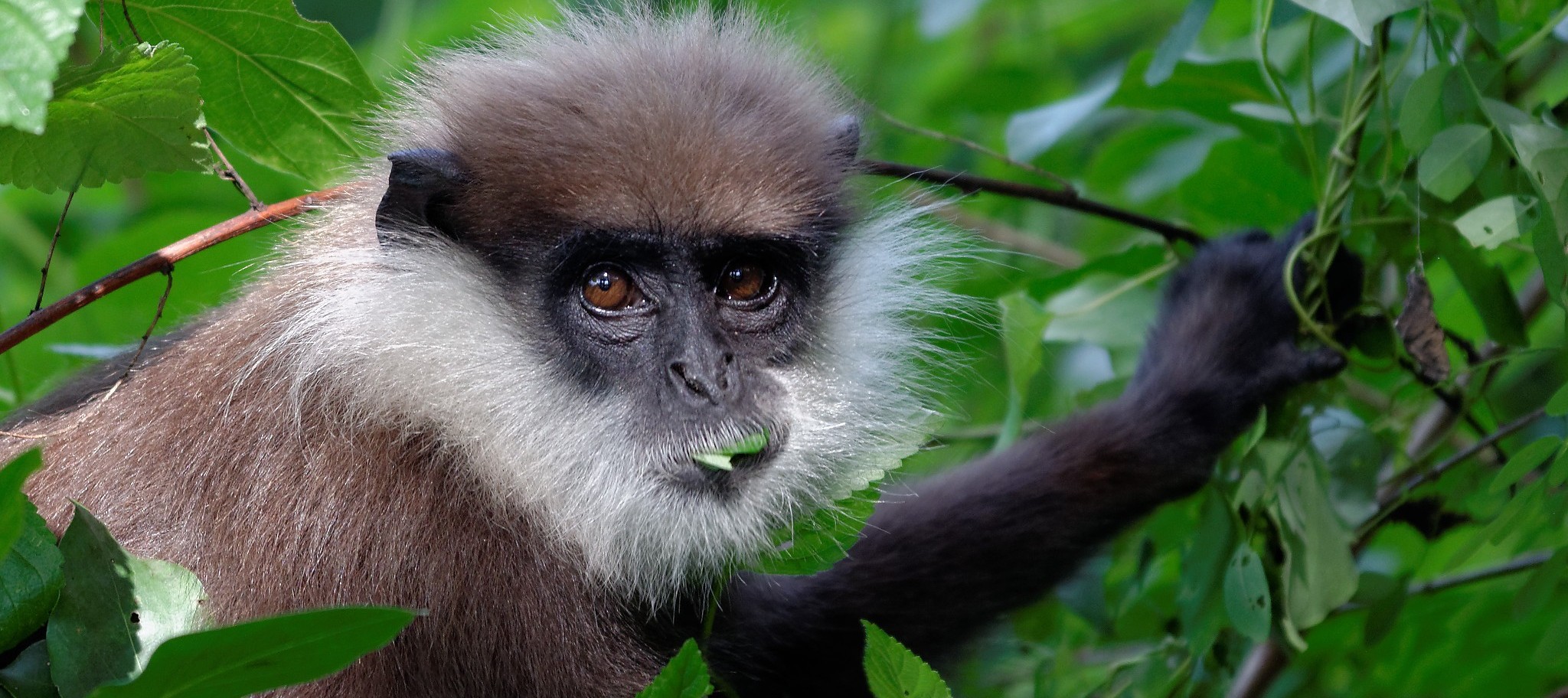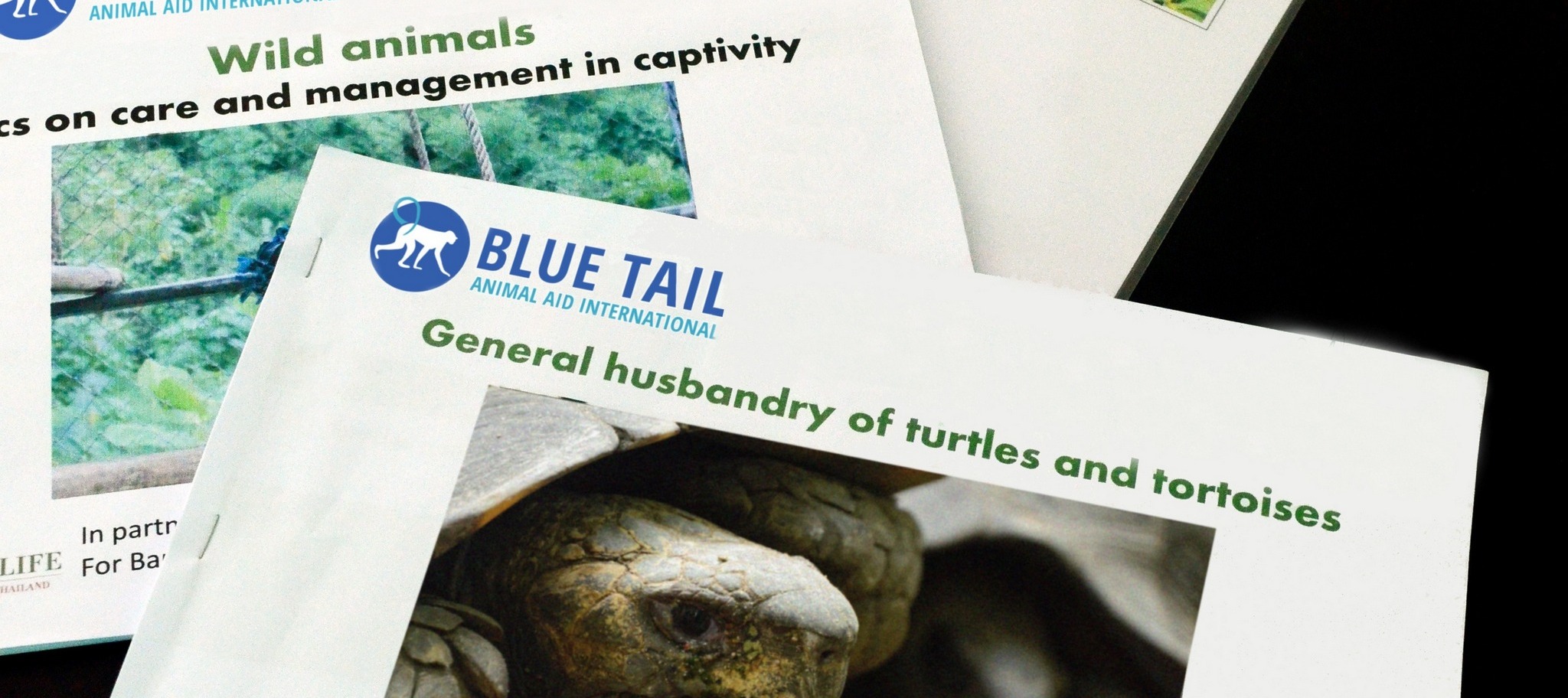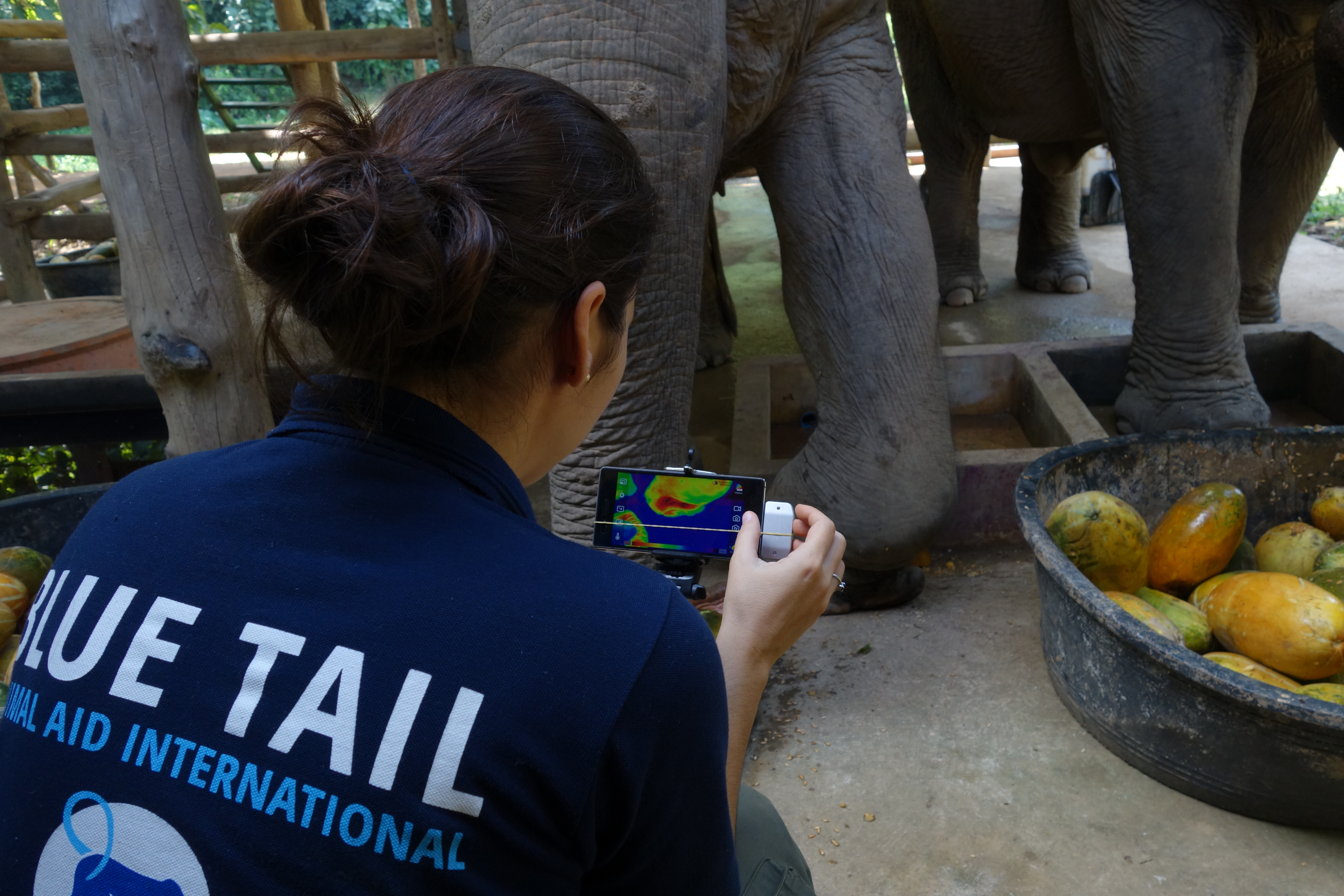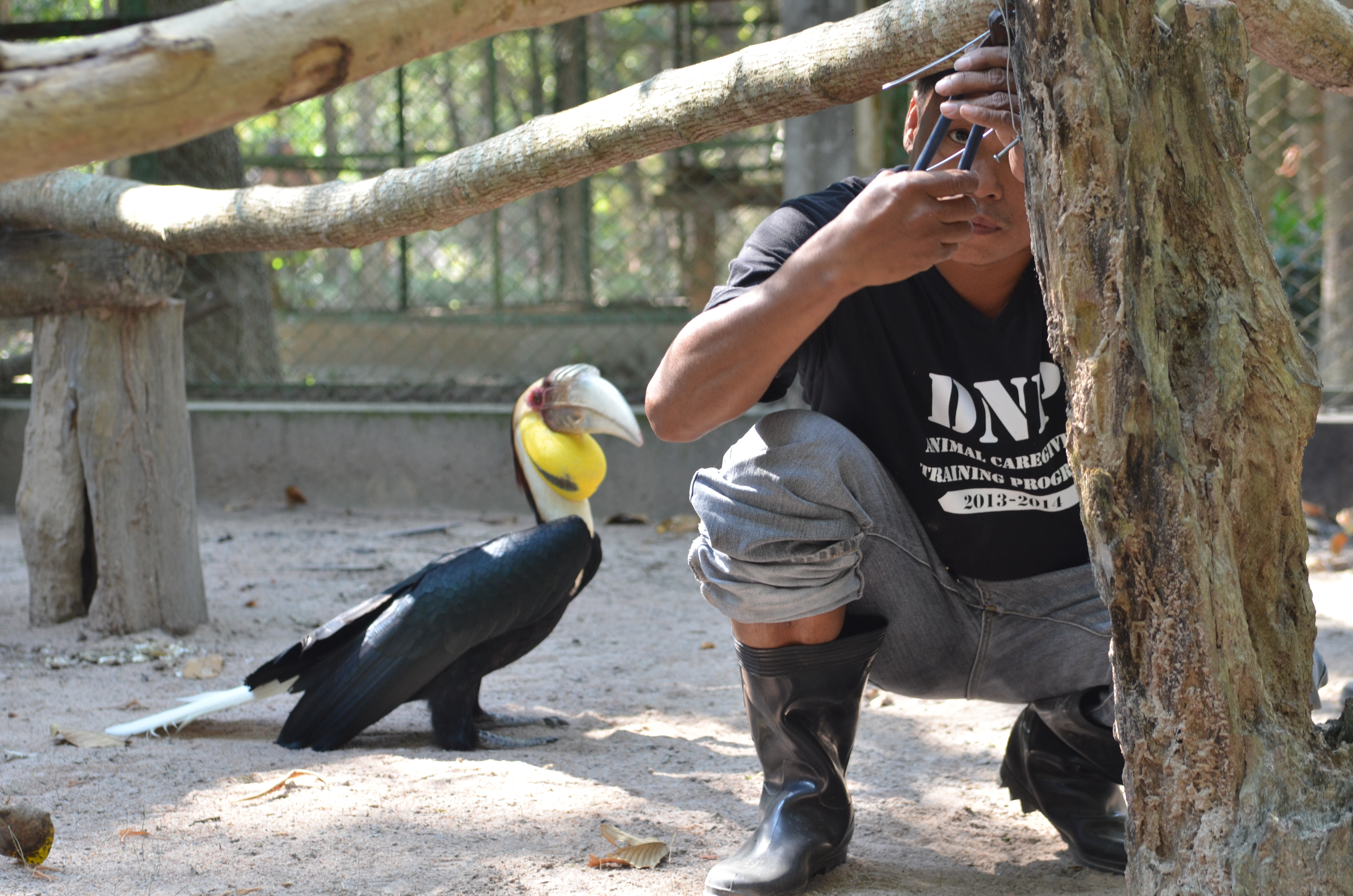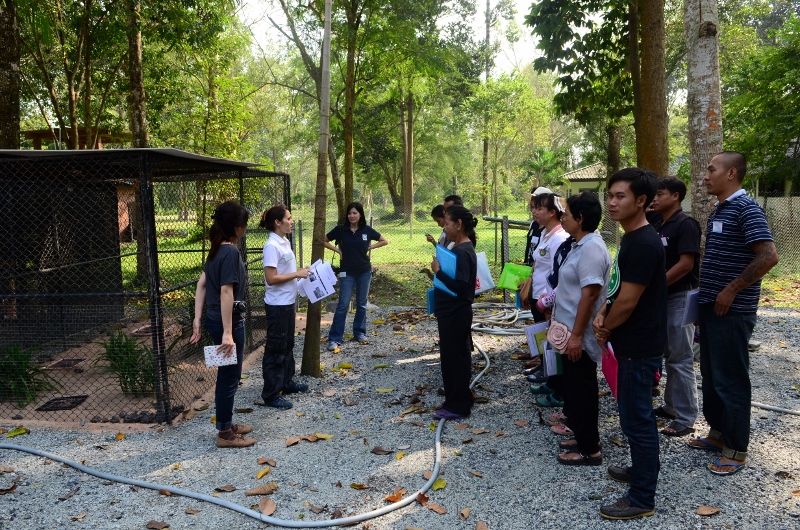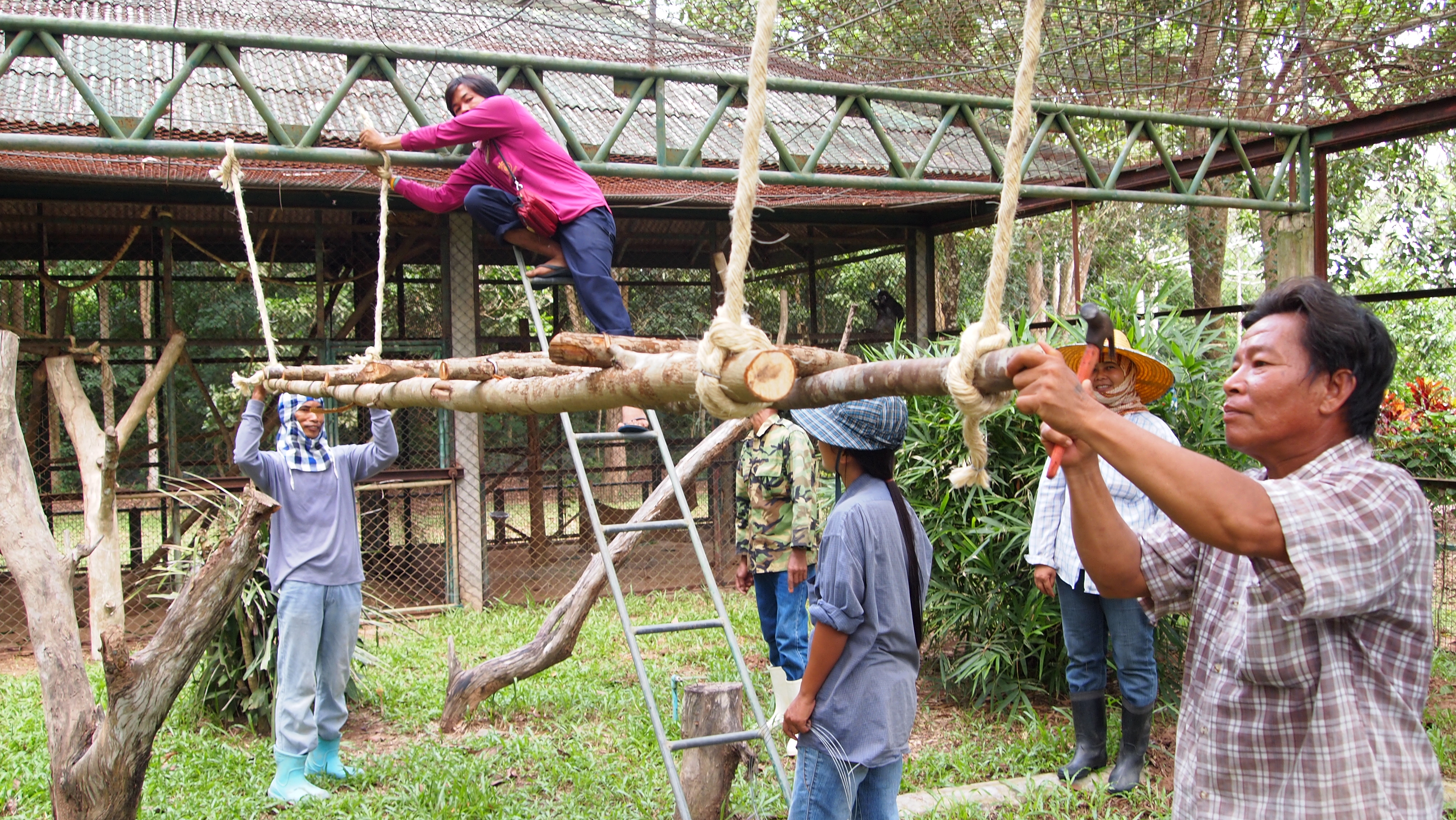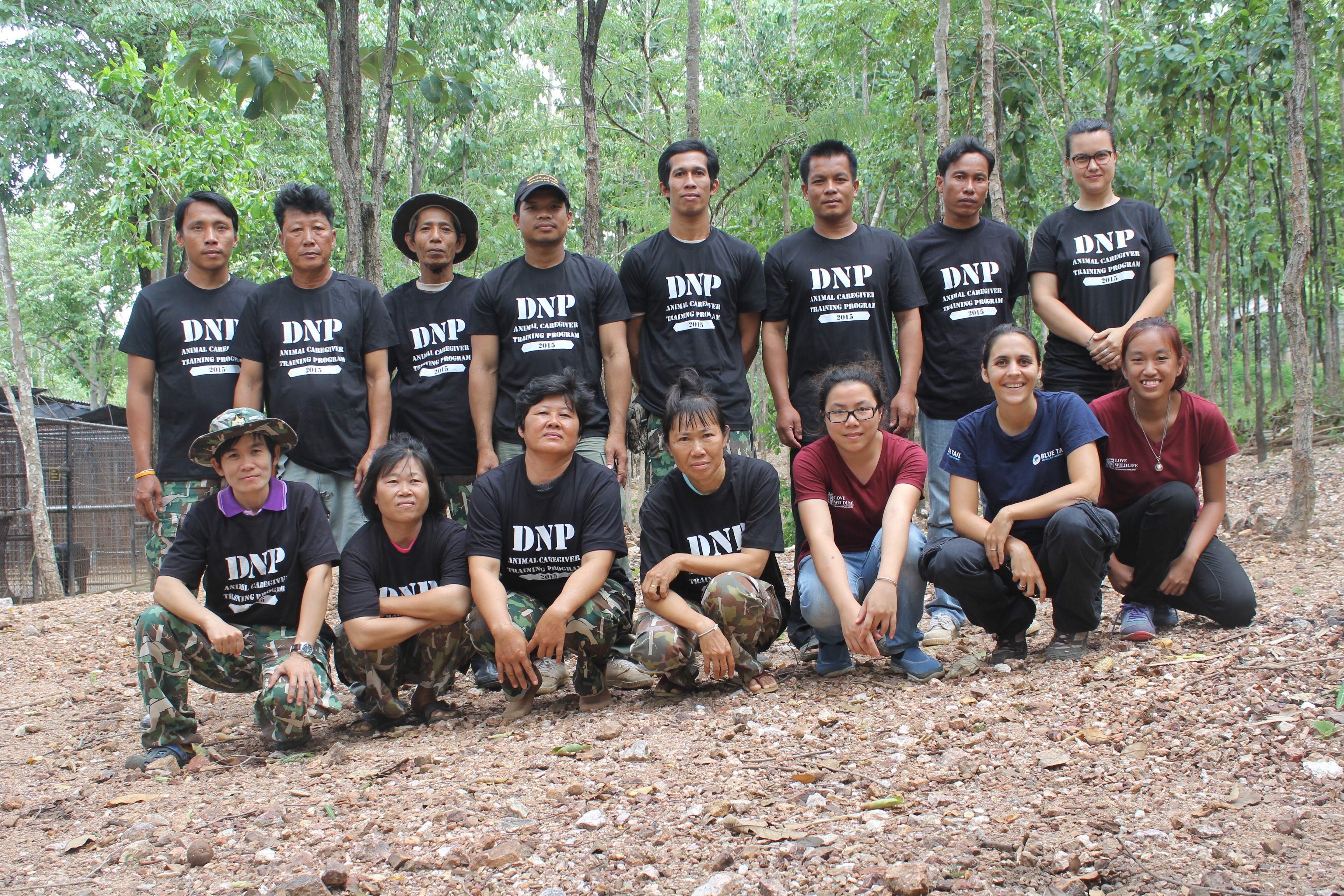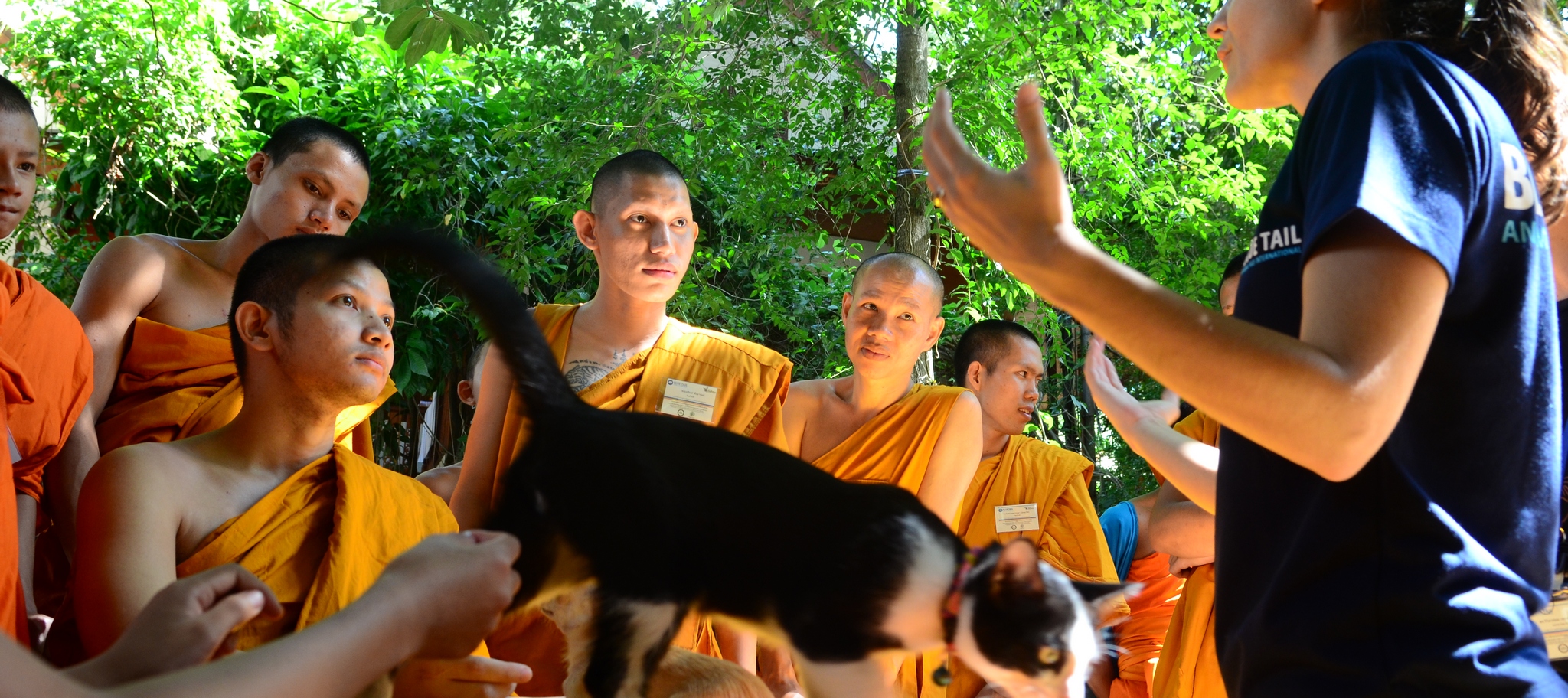
Wild animals
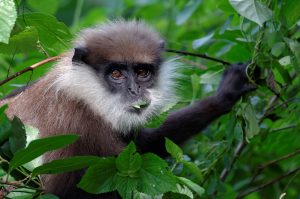 We strongly believe that wild animals should remain in the wild. However, various factors, such as loss of habitat or illegal trade of wildlife, continue to threaten many species with extinction. Thousands of wild animals are victims of the illegal trade every year and the ones that get confiscated will often end up in sanctuaries or governmental rescue facilities. Unfortunately, rehabilitation into natural habitats is not always possible many animals are destined to a life in captivity.
We strongly believe that wild animals should remain in the wild. However, various factors, such as loss of habitat or illegal trade of wildlife, continue to threaten many species with extinction. Thousands of wild animals are victims of the illegal trade every year and the ones that get confiscated will often end up in sanctuaries or governmental rescue facilities. Unfortunately, rehabilitation into natural habitats is not always possible many animals are destined to a life in captivity.
Those animals are kept in controlled environments where we decide of their diet, movement and subsequently their health. Thus their freedom is very limited, depending on the facilities’ quality, and may be in strong contrast to the need of a wild animal.
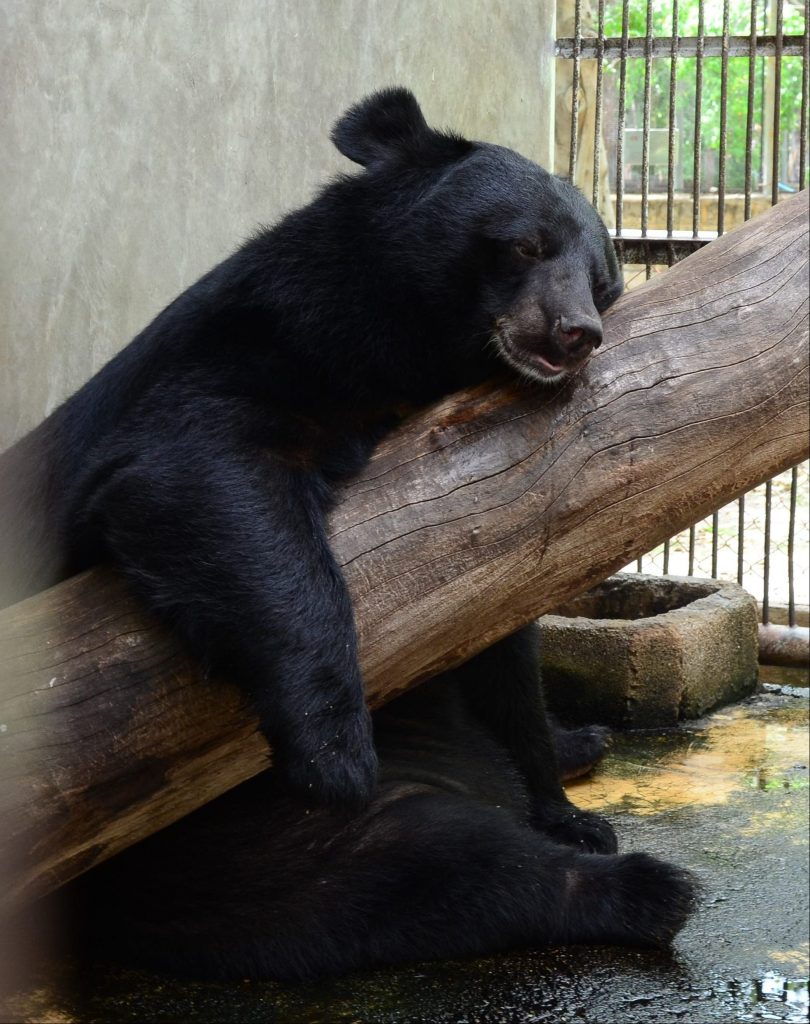 We believe it is our duty to provide the best adequate and optimal care possible in order to respect each individual so they can express normal behaviour and maintain their pride – even in captive environments.
We believe it is our duty to provide the best adequate and optimal care possible in order to respect each individual so they can express normal behaviour and maintain their pride – even in captive environments.
A primate’s needs differ from those of a lion or an antelope. It is very important to recognize and assess those differences to be able to provide high standards to the animal’s environment and facilities. Unfortunately, most of developing countries do not have the tools or the understanding to identify welfare issues nor access to a specialized education.
Blue Tail Association wants to provide tools and professional training to animal keepers and care-takers so they can assess and independently improve the animal’s environment according to its needs.

